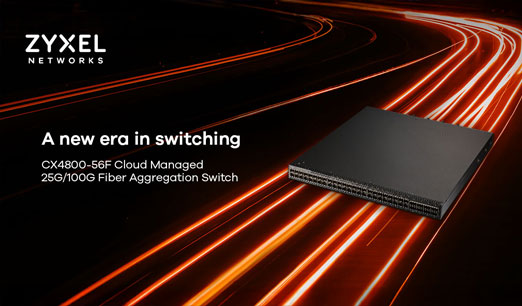Let’s work together
Partner with Intec to unlock growth through smart, strategic IT distribution.
Contact us
Here’s What It Means for You
Find out more

We’re excited to share some big news — Intec has officially rebranded!
Find out more
Intec Micros Launches Bold New Brand Identity with Clear Vision for Channel Growth
Find out more
Intec Microsystems is proud to announce an exciting milestone following the Networking Computing Awards, which took place on 22nd May 2025.
Find out more
Empowering Partners with Industry-Leading Networking Solutions
Find out more
Serious fibre switching for customers who need more from their network
Find out more
Partner with Intec to unlock growth through smart, strategic IT distribution.
Contact us